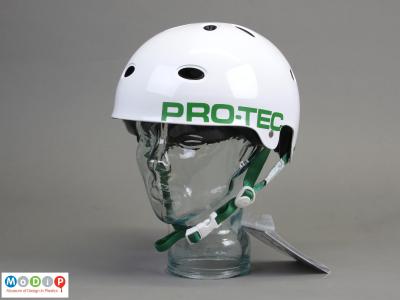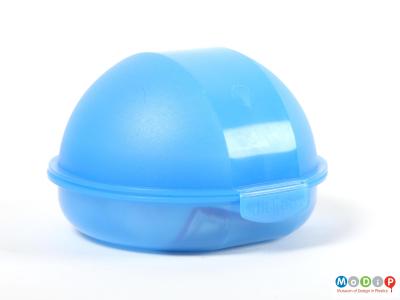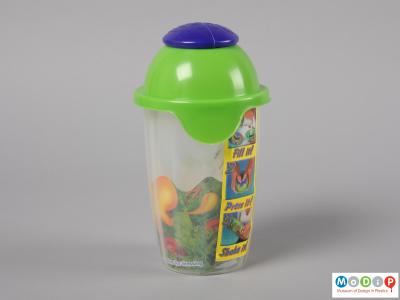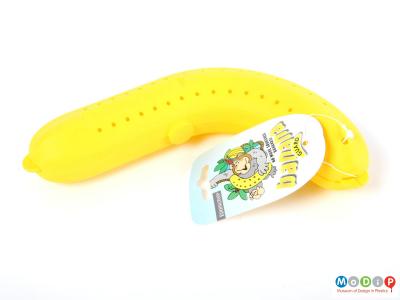Plastics are materials with a number of protective qualities and uses, they can absorb or reflect impact; improve the chances of being seen; and create a barrier from contamination. These qualities help to protect the body, other objects and food products.
The most common plastic used for providing impact absorbing protection is expanded polystyrene. In packaging it offers a cushion to easily damaged products during transit like these tightly fitting blocks (1). Expanded polystyrene is also used to protect the head from impact and is often used in cycle helmets. However, this material should be replaced after a single impact as it then loses ability to absorb energy. For sports where there is a risk of multiple impacts, such as skate boarding or BMX riding, a material such as SXP (surface activated expanded polypropylene) (2) is more appropriate.
Some plastics which absorb impact will crumple under pressure, other materials are designed to reflect impact without changing shape (3 - 5), or they will return to shape like the foam panels in the rugby jersey (6).
In situations where a person needs to be highly visible plastics can provide both a highly visible colouring (7), and a reflective quality (8) where the moulded faceting catches and reflects the beams from car headlights.
A number of different plastics can be used to create a barrier from contamination whether that is from harmful gases (9), or damaging levels of UV (10). Other barriers can protect the user from becoming wet or dirty (11 - 13).













